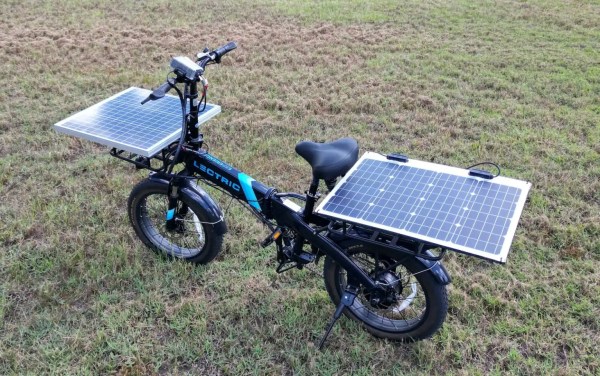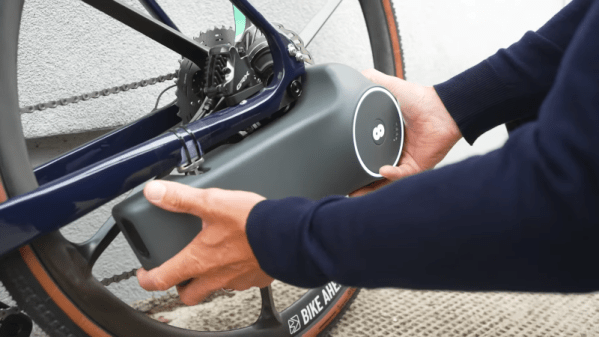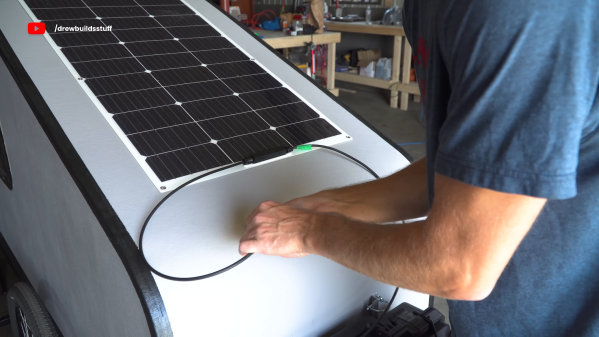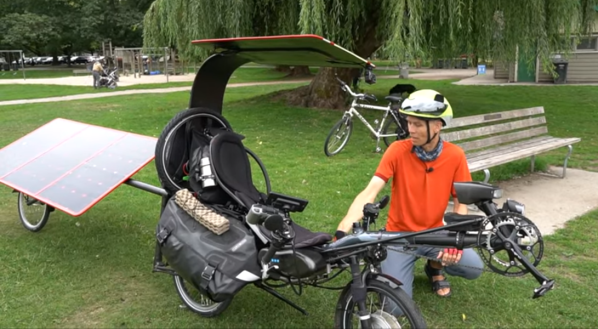Ebikes are slowly taking the place of many cars, especially for short trips. Most ebikes can take riders at least 16 kilometers (10 miles) without too much effort, at a cost that’s often a single-digit percentage of what the same trip would have been with an internal combustion engine. If you’re interested in dropping the costs of your ebike trips even further, or eliminating it entirely, take a look at this small ebike with integrated solar panels.
While any battery can be charged with a sufficiently large array of solar panels and the correct electronics to match the two systems together, this bike has a key that sets it apart from most others: it can charge while it is being used to power the bike. Most ebikes don’t have charging enabled during rides, so if you want to use the sun while riding to extend the range of the bike you’ll need to find one like this. This bike uses two 50 W panels on the two cargo areas of the bike, attached to a 400 W MPPT charge controller. The Lectric XP 2.0 ebike has a motor with a peak rating of 850 W, but in a low pedal-assist mode the solar panels likely output a significant fraction of the energy used by the electric drivetrain.
Even if the panels don’t provide the full amount of energy needed for riding around, the project’s creator [Micah] lives in Florida, so just setting the bike outside in the sun for six to eight hours is enough to replenish most of the battery’s charge. It’s probably not going to win any solar-powered bike races anytime soon, but for an efficient, quick bike to ride around town it’s not too shabby.


















